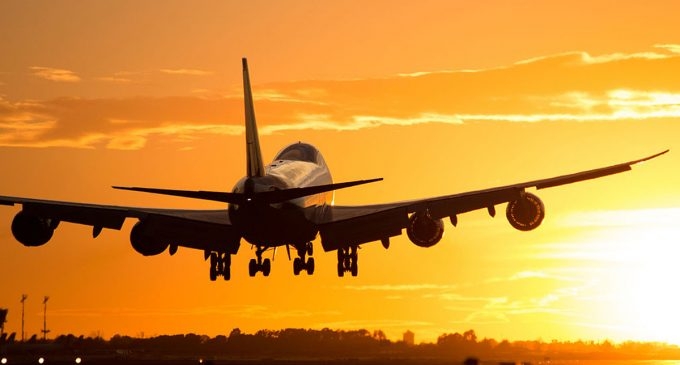According to a recent study, there is one in 114 chance of dying in a car crash vis-à-vis merely one in 9,821 for air travel. While these startling numbers may pertain to the American aviation market – it clearly reveals a long known global fact. The risks associated to air travel are definitely much higher than road, rail or water based travel but yet it has repeatedly been proven to be the safest.
One of the major reasons for the excellent safety record of air travel could be the adoption of advanced technology. No other travel mode – road, rail or water based have this quantum of integration with latest technological aids. The aviation industry will for example see operations, manufacturing and air traffic management being highly influenced by the emergence of a digitized logistics network.
The vast majority of people feel that the presence of technology in aviation sector begins from the boarding gate or may be even earlier at the flight booking stage. But technology is ingrained in aviation sector right from the initial design stage of an aircraft.
It is these cutting edge technologies that allow all stake holders to qualitatively perform much beyond their capacity. For example, Mumbai Airport handles over 900 flights a day (the peak was 980 flights in mid-January), and is known as the world’s busiest single-runway facility, accounting for almost over 25 per cent of the entire air traffic in the country. The airport’s annual capacity is 40 million passengers but efficiently handles much higher loads.
On flying Jet Airways recently for example, one would have been surprised that their boarding card stubs aren’t torn anymore. This could become a possibility because record keeping is now done in digital format thereby eliminating the need for the airline to tear the boarding card stub. Hence, passengers can retain the entire card, giving flyers a chance to romanticise it in their travel scrapbooks, diaries or as a bookmark.
We have many cases of planes landing or taking off safely in spite of tough weather conditions wherein visibility is near zero. Without an iota of doubt, the weather is always supreme and sometimes unpredictable but technology has found solutions to stand up to the worst weather conditions. In fact, the weather predictions have reached a high level of accuracy thereby giving all stakeholders ample time to prepare and take corrective measures to ensure highest level of air safety.
The world today speaks of artificial intelligence guiding many of our operational day to day task. For example, technological innovations are making it possible to have driverless vehicles on roads therefore pilotless planes could also become a possibility in near future.
Unlike the past, the possible usages of technology as an enabler to do unthinkable things remains a possibility today. Providing enhanced safety is merely the tip of the iceberg. If technology and its adoption remains on the current transformational path – the future of aviation industry will be vastly different for all stakeholders and especially passengers.






